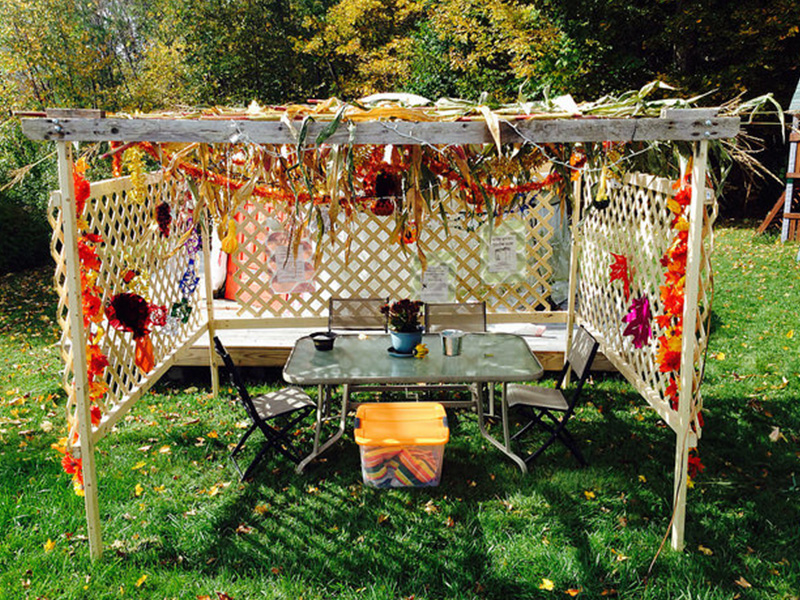After fasting for 25 hours, we usually want to spend the next day recuperating, drinking some electrolyte water and eating leftover coffee cake from the break-fast. The last thing we want to do is drag a pile of two-by-fours out of the garage and somehow assemble it into a hut. And yet, our tradition has it that the first thing we do after Yom Kippur is hammer in the first nail of our sukkah. Why?
The Midrash teaches that when the Israelites reached the shore of the Red Sea, they stopped. Behind them, the Egyptians were closing in with their chariots. One tribe said, “I don’t want to go in.” Another said, “Me neither.” Finally, Nachshon ben Aminadav looked around, saw no one else was going and walked right into the water. Up to his waist. His shoulders. His nose. The top of his head. And only at that moment did the Israelites merit the parting of the sea. God’s miracle was ready, but it needed the partnership of faithful action.
The joy of Sukkot is in having survived the judgment of Yom Kippur. But, oddly, we celebrate by experiencing the temporary nature of life, living in an actual temporary hut. The point is to be surrounded and protected by God’s presence, even while exposed to the elements – like the Israelites were when they wandered the desert for 40 years, or like our ancestors whenever they faced uncertainty.
We hammer in that first nail right after Yom Kippur as if to say we hope for God’s embracing presence during Sukkot. And yet, like Nachshon, we ourselves must take action, to provide a place in which God’s presence can dwell. As we dwell in our sukkot, my hope is that we take faithful action toward a world in which all people can feel God’s presence and security, in which no one is at the mercy of the elements, and in which everyone can find joy.
